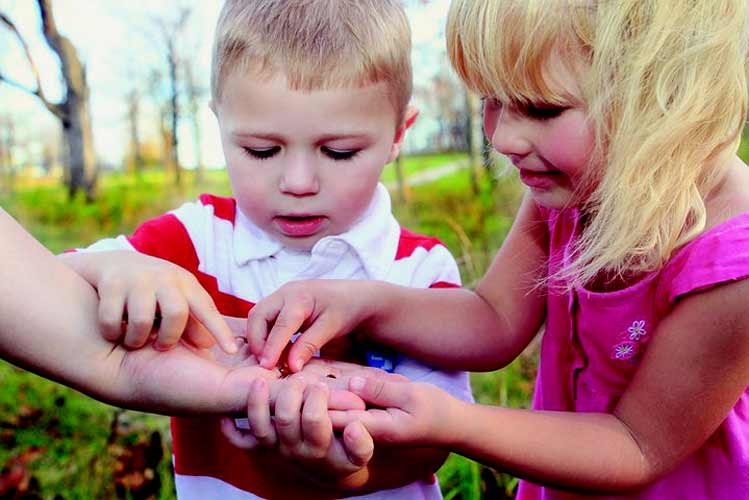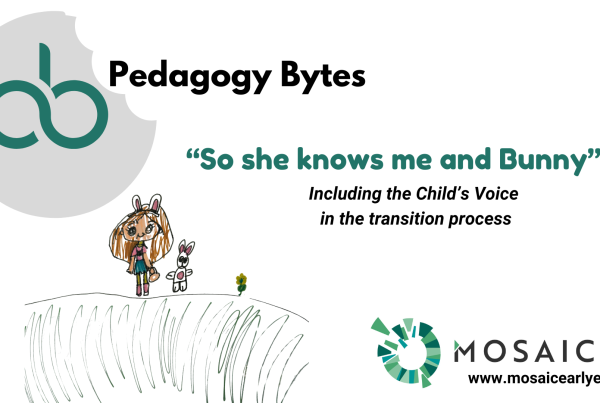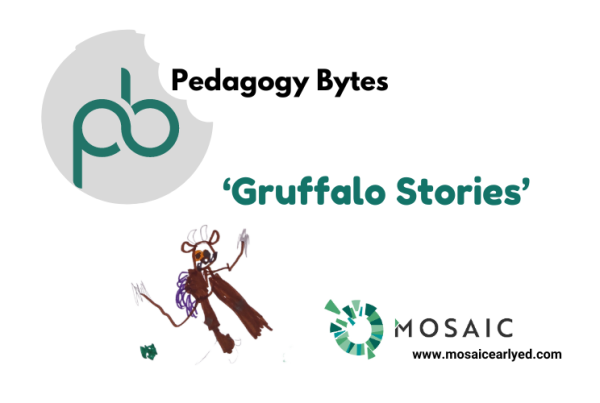Education used to be based upon rote learning content. Remember the days of learning endless times tables and huge lists of spelling words/ poems that you had forgotten the following week?
This was a focus upon learning and retaining facts that were thought to be useful for children throughout their lives. Whilst knowing a certain amount of facts is useful, for example, being able to say the alphabet, children also need the skills to be able to cope in a changing and challenging world. This is where knowing how to nurture positive dispositions to learning in early childhood is essential.
Positive dispositions
Positive ‘learning dispositions’ are an essential component of early childhood education and are used to understand children’s ability to be self-motivated and to be lifelong learners in a changing and challenging world. Learning dispositions are characteristics or attitudes to learning that are life skills. If embedded in early childhood, positive dispositions will stay with us for life.
How are dispositions taught in early childhood?
Planned experiences and the way educators respond to children as they learn, support children’s dispositions to persist, find interests, take responsibility, and lead their own learning and development through the curriculum programme on offer.
Skilful adult-child interactions and relationship are key to nurturing positive dispositions towards learning. Early childhood programmes should provide opportunities for children to gain a rich understanding of their world, and to learn through trying out their ideas with adults and other children.
How can parents teach positive dispositions?
Parents are powerful teachers of learning dispositions for their children.
Rather than give your child the answer to a question help your child to find an answer for themselves.
Accept that finding an incorrect answer and recognising that this is not quite correct, is as important as finding the right solution.
Work together to find places that will give you the information or skills you need.
This could be a library, local person with specialist knowledge like a farmer or butcher, or a neighbour that knows the history of your community. As a parent it is important to show your child you are learning to.
You can learn with and from your child. Parents can model how to cope with trying something new and not quite getting it right first time.
Model how to celebrate success as well as cope with disappointment. If you show a “can do” attitude then your child will do the same.
Children who see themselves as someone who tries new things, keeps going when it is hard, knows when to stop and ask for help, learns from making mistakes and has good support networks, are children who will be successful in an unknown world.
Empowering Learning Strategies for Children
1. Nurture and Model Positive Dispositions
• Positive dispositions for learning include courage and curiosity, trust and playfulness, perseverance, independence, resilience, confidence and responsibility.
• Dispositions for learning also include the way children approach learning, for example taking an interest, being involved, persisting with difficulty, challenge and uncertainty, and expressing a point of view.
• Children’s positive dispositions should be noticed, recognised and responded to by competent adults.
2. Empower Children
• When children are empowered they are more likely to develop a sense of themselves as capable and confident learners.
• In the early childhood setting/home you could expect to see empowering practices such as: children having choice and making decisions; setting their own learning goals; being consulted about what they will do next; and also having a say about what will be recorded and collected about their learning.
3. Engage and Build Relationships
• Children are engaged in learning when they spend the majority of their time in child-initiated play that is interesting and satisfying for them.
• To encourage engagement, adults should get involved alongside the child, and skillfully extend and stimulate children’s thinking through open-ended questions, suggestions and sharing information.
• Children who are engaged in learning will theorise, investigate and explore at their own pace. Sometimes children (especially babies and toddlers) may want to simply observe, spending time watching the other activities around them. This will usually lead to further experimentation and new learning outcomes.
• If children are not engaging in activities that are of interest to them the service may not be providing enough choices or adequate stimulation. Children being disruptive may be a sign that there are not enough challenges or activities to engage their interest.
For more information on dispositions, check out
https://www.ncca.ie/media/3193/dispositions-3-6.pdf




